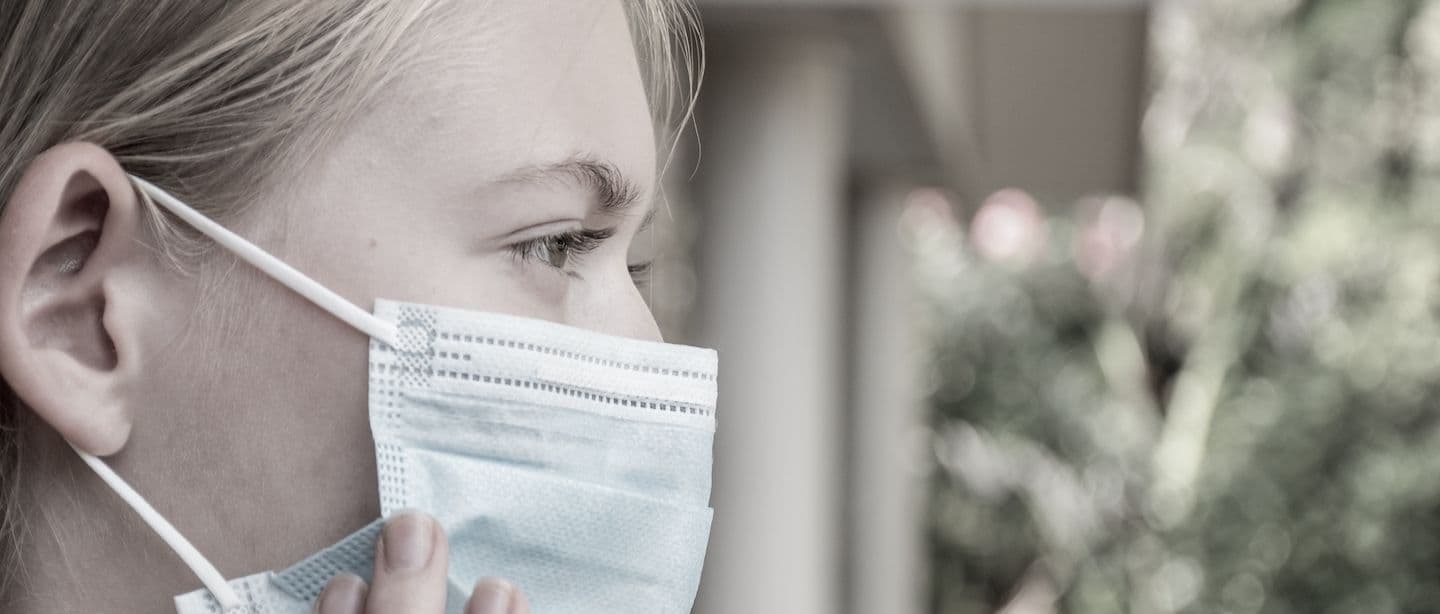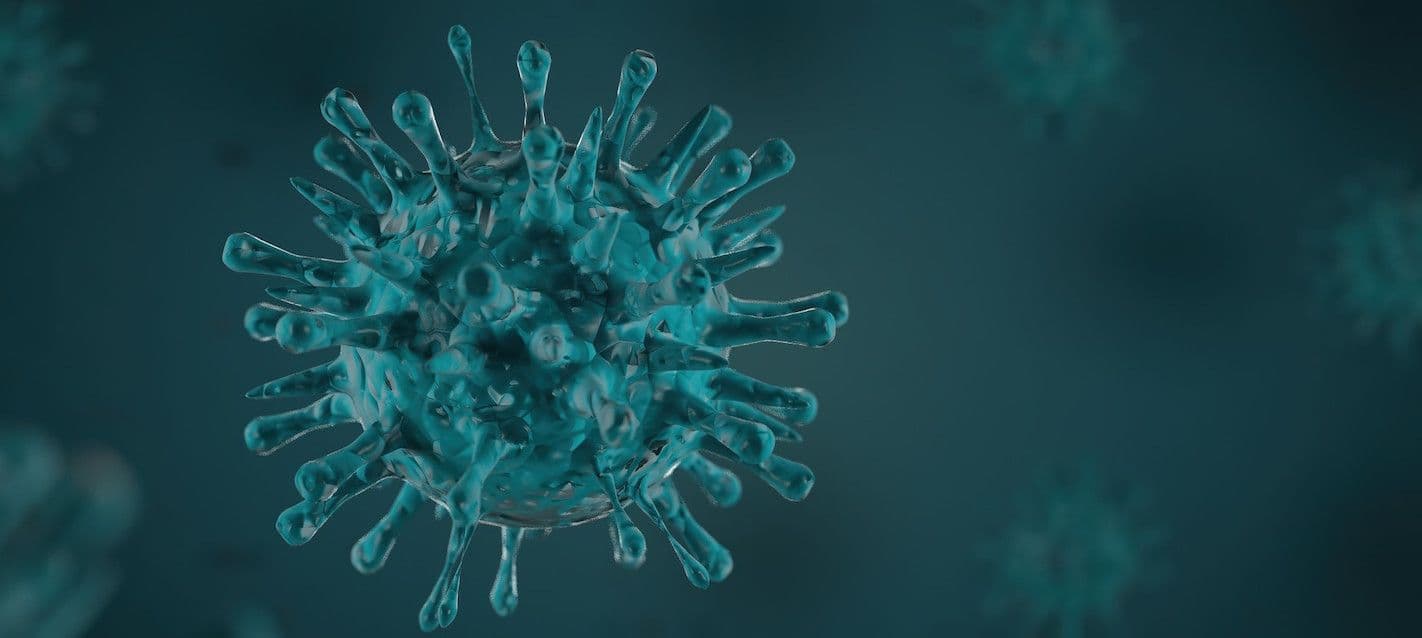During COVID-19: Is Home Birth Better than Hospital Birth?
Infections
Obie Editorial Team

Home birth or hospital birth?
If the worries about the COVID-19 are not already enough, some women are now questioning whether the hospital is the safest place to deliver the baby or whether they should deliver at home during the coronavirus pandemic. Yet even without COVID-19, hospital birth is generally safer for the baby than home birth.
Not unlike many other unproven and unethical recommendations made at a difficult time, there are now some people trying to scare pregnant women into delivering at home when in fact there are a few data showing that home births have their own perils. Even the New York Times got involved quoting a home birth midwife who against all medical knowledge refused to wear a face mask.
Recommendations for hospital births
In the absence of more information, pregnant women who inquire about the safety of hospital birth at the time of the COVID-19 crisis should be provided with as much information and data on the safety of hospital births as compared to home births.
We should inform pregnant women that there are no recommendations related to delivering at home to prevent an infection. Delivering in the hospital is still the safest place to have your baby.
The New Model of Prenatal Care in the Age of COVID-19
What do we know about home versus hospital births?
At this time of uncertainty, and when information changes on a daily basis, here is what we know:
- Planned home births are known to increase neonatal deaths and injuries many-fold, especially for many women who are at increased risks.
- Home births do not protect from infections. In fact, studies have shown babies dying at midwife-attended planned home births are 4-5 times more likely to die from infection than hospital births.
- The hospital staff is well-trained to protect patients from becoming infected by using regular disinfection, masks, and gowns.
- As of now, there have been no pregnant women infected with COVID-19 in the hospital, and most if not all have been infected prior to hospital admissions through community exposure or even family members and friends.
Read the latest CDC recommendations on obstetric healthcare setting as of 4/4/2020.
Prehospital considerations
- Pregnant patients who have confirmed COVID-19 or who are persons under investigation (PUI) should notify the obstetric unit prior to arrival so the facility can make appropriate infection control preparations.
- When a pregnant patient who has confirmed COVID-19 or is a PUI is arriving via transport by emergency medical services, the driver should contact the receiving emergency department or healthcare facility and follow previously agreed-upon local or regional transport protocols.
Related: Thriving During Pregnancy Amid the Coronavirus Outbreak
During hospitalization
- Healthcare facilities should ensure recommended infection control practices for hospitalized pregnant patients who have confirmed COVID-19 or are PUIs.
- All healthcare facilities that provide obstetric care must ensure that their staff is correctly trained and capable of implementing recommended infection control interventions.
- Infants born to mothers with confirmed COVID-19 should be considered PUIs. As such, infants should be isolated according to the Infection Prevention and Control Guidance for PUIs.
Mother/baby contact
- It is unknown whether newborns with COVID-19 are at increased risk for severe complications. Transmission after birth via contact with infectious respiratory secretions is a concern. To reduce the risk of transmission of the virus that causes COVID-19 from the mother to the newborn, facilities should consider temporarily separating (e.g., separate rooms) the mother who has confirmed COVID-19 or is a PUI from her baby until the mother’s transmission-based precautions are discontinued, as described in the Interim
- If another healthy family or staff member is present to provide care (e.g., diapering, bathing) and feeding for the newborn, they should use appropriate PPE. For healthy family members, appropriate PPE includes gown, gloves, face mask, and eye protection. For healthcare personnel, recommendations for appropriate PPE are outlined in the Infection Prevention and Control Recommendations.
- If no other healthy adult is present in the room to care for the newborn, a mother who has confirmed COVID-19 or is a PUI should put on a facemask and practice hand hygiene before each feeding or other close contact with her newborn. The facemask should remain in place during contact with the newborn. These practices should continue while the mother is on transmission-based precautions in a healthcare facility.
- Coronavirus 2019-nCoV COVID-19 and Pregnancy
- Coronavirus: Separating Fact from Fiction
- What is COVID-19 (2019-Novel Coronavirus)?
- How is Coronavirus Transmitted?
- Are Pregnant Women at Higher Risk of Contracting Coronavirus?
- Real Body Talk: Stop Objecting to Staying Home During COVID-19 Quarantine
Resources:
Read More













